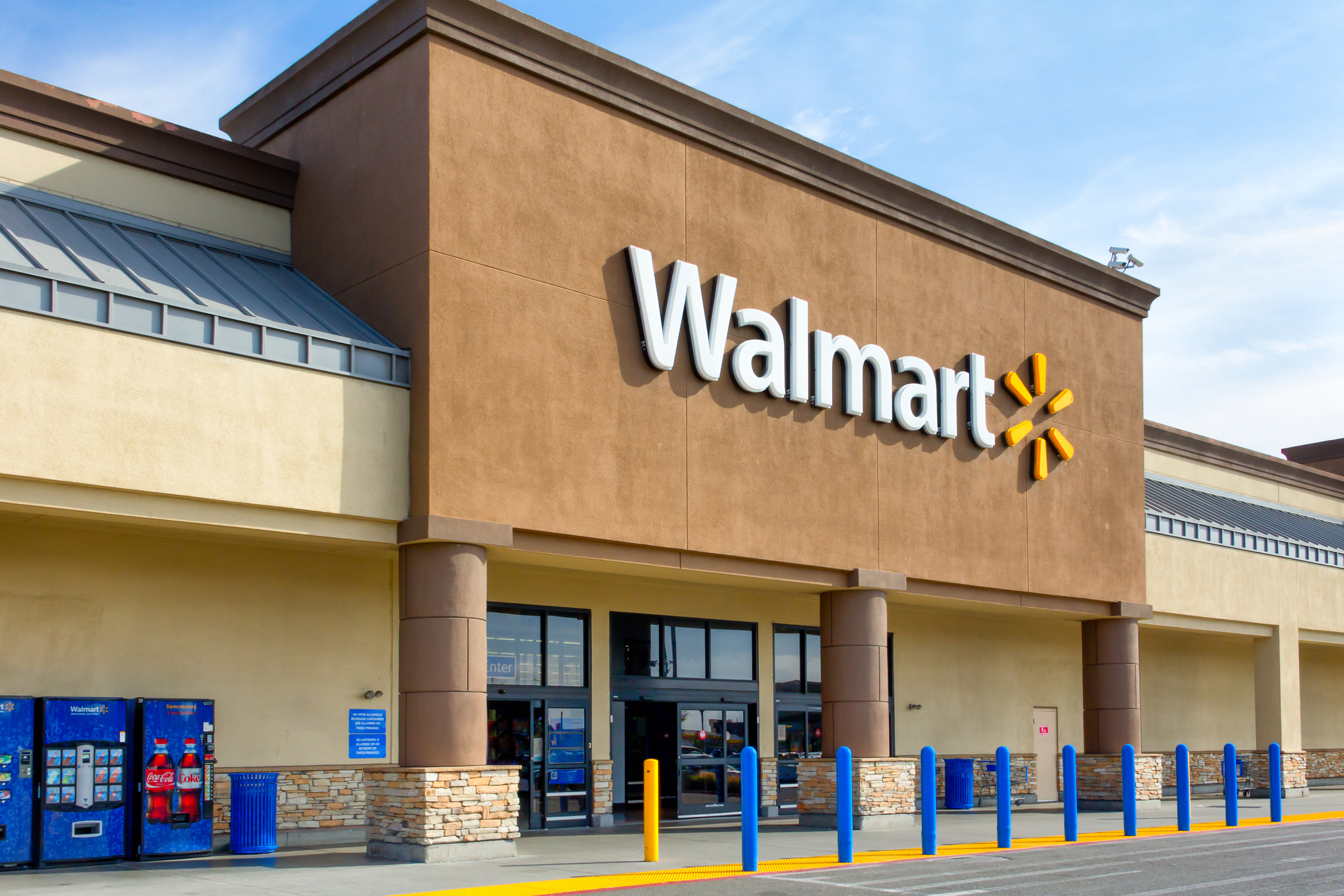
iStock.com/Wolterk
Walmart Self-Checkout Experiment Sparks Controversy
March 18, 2024
Walmart self-checkout lanes in some stores are being reserved for select customers like Walmart+ subscribers and delivery drivers. This move, reported by Business Insider, is part of an experimental phase where different methods are being tested to assess what works best in each location.
The retail giant’s Walmart+ membership, renowned for its perks such as complimentary shipping and fuel savings, could potentially grant access to these express lanes. Similarly, Spark delivery drivers, predominantly servicing Walmart, may join the ranks of privileged users.
Joe Pennington, a spokesperson for Walmart, emphasized that this shift isn’t uniform across all stores. Instead, individual managers possess the autonomy to experiment and implement strategies tailored to their specific locations.
Retailers, including Walmart, are reassessing the efficacy of cashierless options amidst concerns such as theft and slow queues. Target, for instance, began restricting its self-checkout lanes to transactions of 10 items or fewer on March 17.
Certain Walmart outlets, along with over 300 Dollar General stores, have even eliminated self-checkout completely in specific areas, signaling a strategic shift in handling cashierless systems.
Additionally, some Walmart outlets are now enforcing a 10-item cap in self-checkout lanes, redirecting customers with larger purchases to conventional checkout counters. Similarly, other retailers, like Target, have designated specific time slots for self-checkout availability.
Walmart’s strategy concerning self-checkout is evolving, mirroring broader shifts in the retail sector. As the company adapts to this transition, it’s evident that unrestricted access to self-checkout may soon become a thing of the past, marking a significant change in consumer experience.
In light of these changes, consumers may need to adjust their shopping habits, considering factors such as checkout wait times and convenience. This shift prompts retailers to reconsider their approach to customer service and technology integration.
Moreover, the move away from traditional self-checkout lanes underscores a broader trend in retail, where automation and efficiency intersect with concerns about customer experience and security. Retailers are increasingly seeking a balance between convenience and risk mitigation, exploring alternatives like staffed express lanes and mobile checkout solutions.
Recent News
Delta Seeks Outage Damages From Microsoft, CrowdStrike
The airline plans to sue both Microsoft and CrowdStrike for damages.
Sprouts Shares Positive Q2 Financial Results
Sprouts Farmers Market, Inc. reported robust second-quarter results ending on June 30, 2024.
Johnnie Walker Maker, Diageo, Posts Largest Sales Drop Since the Pandemic
As inflation and high interest rates force many to find ways to cut spending, it appears alcohol is also losing its buzz.
IKEA Focuses on Sleepeasy With New Pop-Up Event
IKEA U.S. is making new strides in the furniture retail market by launching The IKEA Sleepeasy, an immersive pop-up event that will take place in New York in August.
